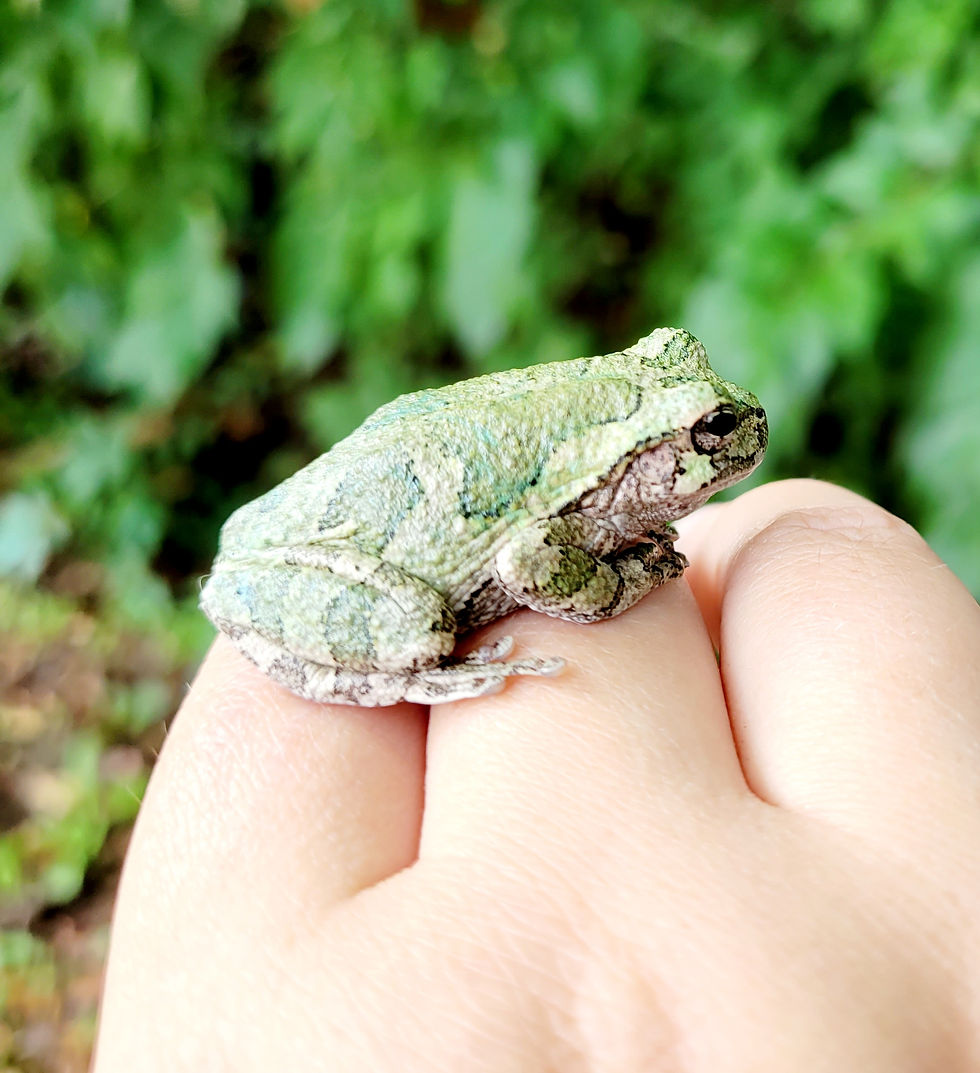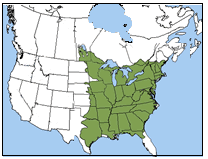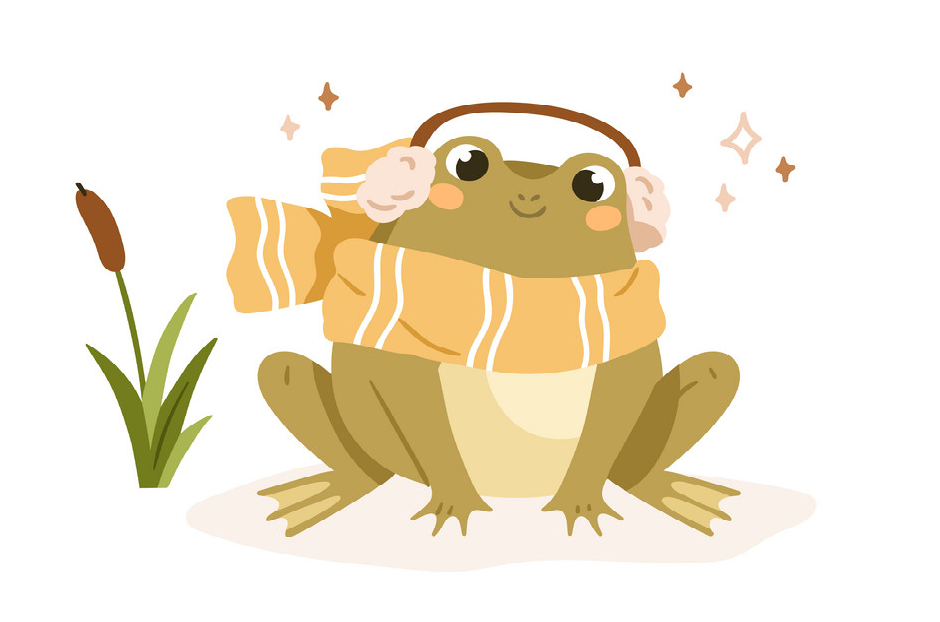Welcome to our new blog segment; Nature in your Neighborhood!
Tune in twice a month to learn fun and interesting facts about the plants and animals that live in and around Coronado Woods!
Let's learn about... Cope's Gray Treefrog!

[Picture taken by Board Member Katie at Coronado Woods]
All frogs (and toads!) are amphibians. Amphibians are cold-blooded vertebrates (animals that have backbones) that do not have scales. They spend part of their life in water, and part of their life on land.
For treefrogs like Cope's Gray, this means that they start their life in the water as eggs, which hatch into tadpoles, who later grow legs and turn into frogs!

Cope's Gray Treefrogs are one of the larger species of treefrogs (ranging from about 1 1/4 to 2 inches long) and are common all throughout the Midwest and East Coast.

These vocal little friends are nocturnal - and that means they spend their days resting in trees and shrubs, and are primarily active at night - when they come out of their hiding spots primarily to hunt.
The diet of the Cope's Gray Treefrog consists primarily of insects such as moths, crickets, ants, flies, grasshoppers and beetles. Yummy!

Fun Fact: The Cope's Gray Treefrog hibernates by freezing in the winter!
These little frogs produce large amounts of glycerol - which changes to glucose and is circulated throughout the frog's cells. This glucose acts like the antifreeze you put in your car - it prevents ice crystals from forming in the frog's cells.
Then, the rest of the blood and water inside the treefrog's body freezes - which stops both its heartbeat and its breathing. Once the seasons change, and the temperature warms up, the treefrog "thaws out" and returns to the trees - incredible!

Did you know? The Cope's Gray Treefrog is almost identical to the Eastern Grey Treefrog in every way - except for one. The only true way to tell these species apart is by their vocalization - or "chorus". In fact, scientists had no idea they were separate species until the 1960s!
Take a listen!
Safety Tip: While the Cope's Gray Treefrog is relatively harmless to humans, they do produce a toxic skin secretion that may cause irritation or discomfort to the eyes, lips, mucus lining of the nose, or any open skin abrasions.
Careful handwashing is advised for anyone after handling a treefrog.
Nature in your Neighborhood: Discover the magic that lies outside!
Comments